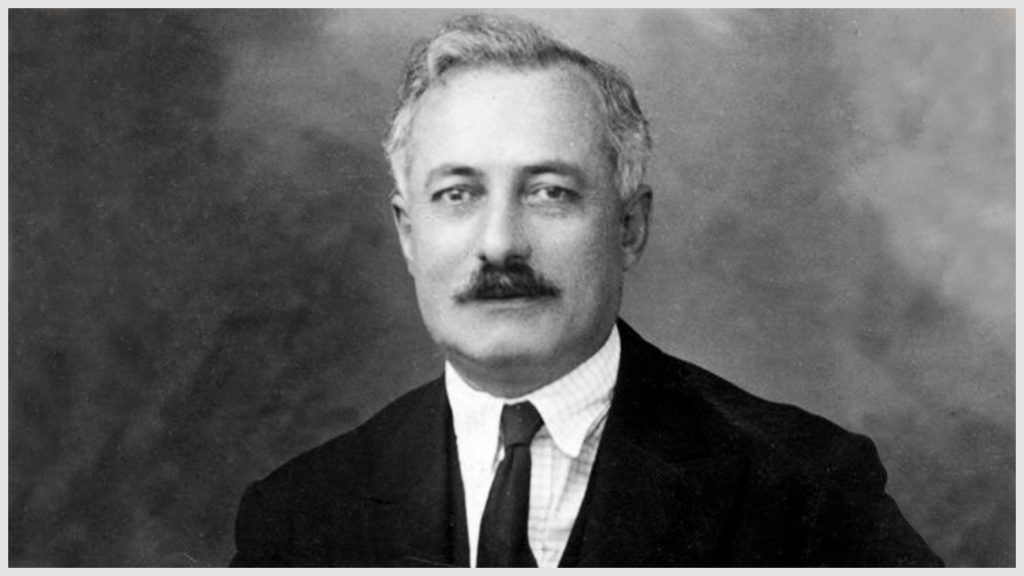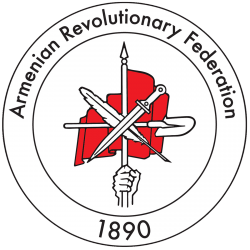Minas Ter Minasian - Rouben Ter Minasian
 07 May , 1881 -
29 November , 1950
07 May , 1881 -
29 November , 1950
Born in Akhalkalak (present-day Georgia) to parents who had migrated from Erzurum, Rouben studied at the Gevorgian Seminary in Ejmiatzin and then at the Lazarian College in Moscow. He then served as an officer in the Russian army.
As a young ARF organizer, he was molded into a Dashnaktsakan in the intense revolutionary activity of the “Kars Furnace” in 1903–04. He was dispatched to Van in 1905 as a plenipotentiary representative of the ARF.
He joined Aram Manoukian in Van, then operated in the Lernabar region (south of Lake Van), but after tactical differences with Vana Ishkhan he left for Sasoun to back up Kevork Chavoush in 1906. He stayed there until the proclamation of the Ottoman Constitution, having taken sole charge of the Dashnaktsakan fedayi forces in Sasoun after the death of Kevork Chavoush in May 1907.
He attended the Fifth ARF World Congress, in Varna, Bulgaria, in 1909 and then left for Geneva to resume his studies. Summoned to Moush in 1913, he later went to Sasoun and with his veteran fedayis led the heroic defense of Sasoun against regular Turkish forces and Kurdish irregulars in 1915. With a handful of men he broke through enemy lines and crossed into the Caucasus.
In 1917–18, he was a member of the Armenian National Council, based in Tiflis, and was elected to the parliament of Independent Armenia. He was elected to the ARF Bureau at the Ninth World Congress in Yerevan and remained a member of it virtually without interruption until his death.
He served as minister of war in the Bureau-government of Ohanjanian, playing a leading role in suppression of Bolshevik riots and the elimination of Turko-Tatar insurrections in Armenia.
After the Sovietization of Armenia, he went to Zangezour, then crossed into Iran, and eventually traveled to France, Egypt, and Lebanon, and finally settled in Paris.
The seven volumes of Rouben’s memoirs, Memoirs of an Armenian Revolutionary, are exceptionally valuable both as testimonies about men and events and as a storehouse of revolutionary ideas and analyses.
He died in Paris on November 29, 1950, at the age of 69.
